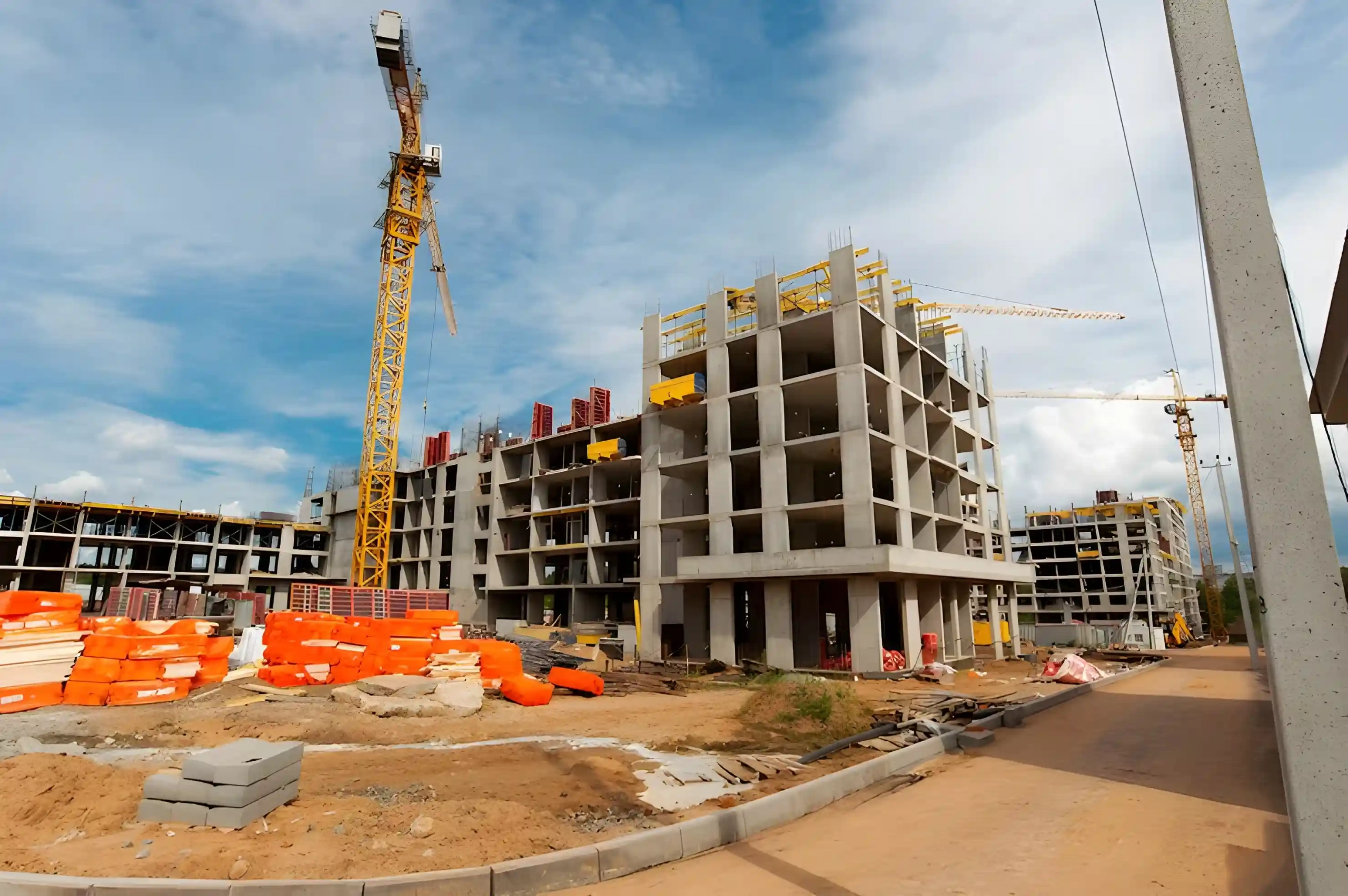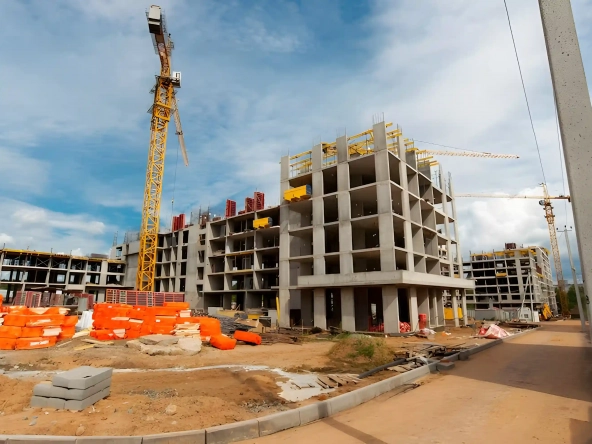Streamlining construction, minimizing risk, and maximizing returns in one solution.
In the ever-evolving landscape of property development and infrastructure delivery, turnkey projects have become a preferred approach for clients seeking streamlined, efficient, and ready-to-use solutions. Popular across sectors including real estate, industrial construction, and IT infrastructure, turnkey projects represent a fully packaged delivery model where the contractor handles every stage—from concept to completion.
What Are Turnkey Developments?
A turnkey project (or turn-key operation) refers to a solution delivered to the project owner completely finished and operational, ready for immediate use. The term implies that the project owner simply has to “turn the key” to begin using the facility or system. Unlike build-to-order models (traditional construction model), where construction is based on the project owner’s specifications or unfinished sales that require the buyer to complete development, turnkey models prioritize completion, functionality, and speed (time is of essence).
These projects are often executed under EPC contracts—Engineering, Procurement, and Construction. Under EPC, a contractor assumes full responsibility for planning, designing, sourcing materials, constructing, and commissioning the project. This model is especially favoured for schedule-driven and capital-intensive developments where tight timelines and cost control is critical.
Key Features of Turnkey Projects
- Single Point of Responsibility– The contractor manages all aspects, reducing complexity for the project owner.
- Fixed Scope, Time, and Cost – Most turnkey contracts have clearly defined deliverables, timelines, and budgets.
- Minimal Client Involvement – After initial agreements, the contractor proceeds independently, saving project owner time and effort.
- End-to-End Delivery– Projects include everything from design and construction to furnishing, utility installation, and system commissioning.
- Applicable Across Industries – Common in real estate (ready-to-move-in apartments), IT (fully configured networks), and manufacturing (complete factory setups).
Advantages of Turnkey Projects
- Quick Timelines
Eliminates time-consuming tendering for each project phase. Since the contractor handles everything, the project often moves faster due to streamlined processes.
- Cost Certainty
Fixed pricing reduces the risk of overruns and facilitates better return on investment forecasting.
- Streamlined Communication
Project owners communicate with a single entity (contractor), simplifying oversight and reducing coordination risks.
- Transfer of Risk from the project owner to the contractor
The contractor bears the majority of execution risk, including timelines, cost overruns, and quality assurance.
- Quality consistency
Integrated quality control systems ensure uniform standards across project stages.
- Reduced management efforts
Project owners avoid managing multiple contracts and contractors, focusing instead on strategic goals.
Disadvantages of Turnkey Projects
- Limited Flexibility
Late-stage changes are challenging and expensive once the design and budget are locked in.
- Higher initial costs
Because the contractor assumes greater responsibility and risk, costs may be higher than traditional models.
- Dependence on the Contractor
Success is closely tied to the contractor’s performance; a poorly chosen partner can lead to major issues.
- Less control over execution details
Clients have limited input once execution begins, which may result in outcomes that diverge slightly from expectations.
Conclusion
Turnkey projects represent a streamlined and efficient approach to real estate development, where a single contractor takes full responsibility from design through delivery. This model simplifies project execution, ensures quality control, and minimizes the complexities often associated with multiparty coordination. As we’ve seen, the key features of turnkey solutions such as single point accountability, time-bound delivery, and ready-to-use outcomes, make them an increasingly attractive option in today’s dynamic market.
In Part 2, we will explore the strategic advantages of turnkey projects for real estate developers and investors from risk reduction and cost predictability to enhanced ROI and market readiness, we’ll uncover why turnkey models are not just convenient but commercially smart. We will also explore the downside of Turnkey developments. Stay with us as we examine how this approach can offer a competitive edge in an evolving industry landscape.




